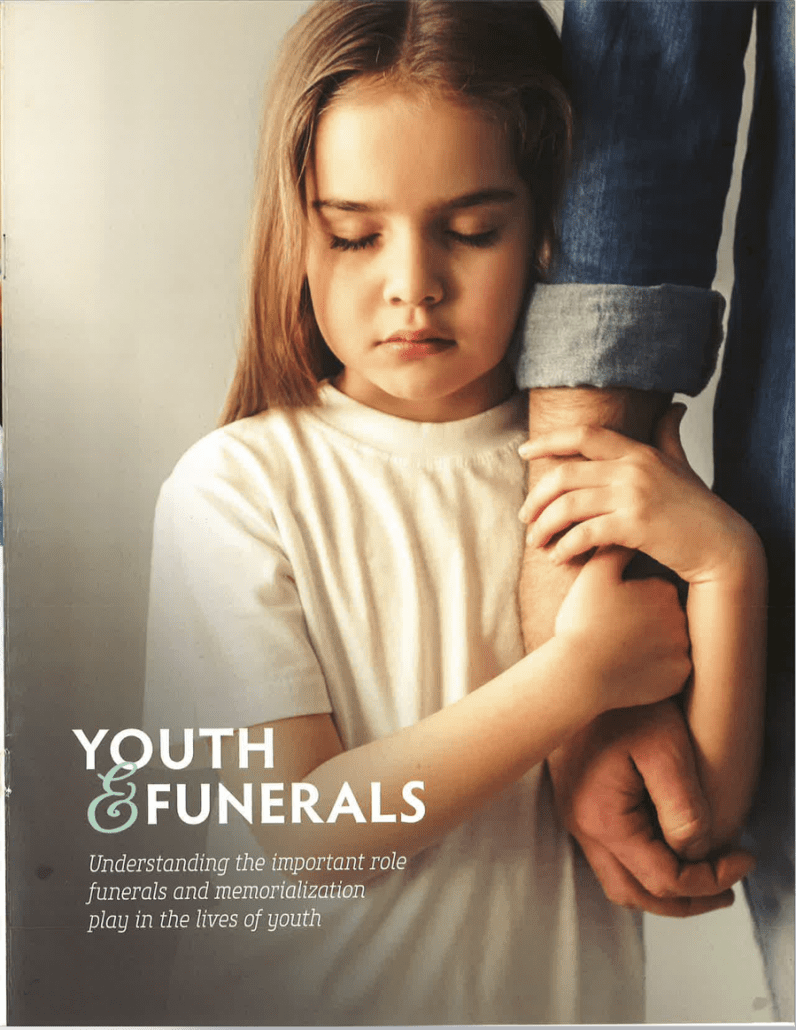Youth and Funerals
Understanding the important role funerals and memorialization play in the lives of the youth
Understanding the important role funerals and memorialization play in the lives of the youth












Cancer: An Unexpected Expense
Cancer takes a toll on more than your mind and body. It can quickly eat through your savings, even if you have exceptional health insurance.
Planning for treatment
While you certainly did not plan to get cancer, knowing more about the treatment process can help you better plan to cover associated medical expenses. These may include:
Outside of treatment, you may also find that you are out of pocket for everyday living expenses that you would not have incurred without a cancer diagnosis. Things such as child care and transportation fees must also be considered.
Talking to your health care team
It’s important that you address financial concerns with your cancer treatment team. You can bring this up with your doctor by pointing out that you are not sure if you can afford their suggested treatment and if there are alternatives that may be as effective. You should also ask if any of the services needed require preapproval and if you will be allowed to recover from surgical procedures at home versus in the hospital.
Paying for your medicine
Depending on the type of treatment needed, you may be prescribed oral chemotherapy, which may also be referred to as targeted therapy. Cancer medication taken by mouth offers the same level of effectiveness as intravenous medicines and is more convenient. They are, however expensive and can cost $1,000 or more per treatment and may not be covered by your insurance. Before agreeing to any treatment, confirm coverage eligibility. The vast majority of pharmaceutical corporations offer patient assistance, which your health care team can help you locate. U.S. News & World Report estimates that cancer drugs and supportive care treatments to counter the side effect of chemotherapy costs Americans more than $43 billion annually
When insurance isn’t enough
Although the Affordable Care Act cannot deny a cancer patient insurance, benefits or associated payments, depending on your policy, there can be a significant gap in what’s covered and what’s not. Asbestos.com estimates that chemotherapy can run as high as $30,000 for an eight-week treatment course. Even if you have zero co-pay and 20 percent coinsurance, you may still be out of pocket $6,000 or more. And this doesn’t even consider issues that can arise due to cancer treatment. Specifically, those that affect your oral and ocular health.
Depending on your age or qualification as disabled, you may be able to enroll in a Medicare Advantage plan, which provides supplemental dental and vision insurance, which can ease that burden. It should be noted that enrollment periods for Part C are limited to a seven-month timeframe near your 65th birthday or within 24 months of disability. Learn more about Medicare Enrollment and benefits here.
You may be eligible for numerous government and private benefits if you need help paying for certain aspects of treatment. For example, if you must travel for treatment, you may find respite at a Hope Lodge, such as the Memorial Foundation Hope Lodge in Nashville, which is part of the St. Thomas Health network. Your health care team may also be able to point you in the direction of no-cost mastectomy products or counseling services in your area.
Another financial impact of a cancer diagnosis, especially when terminal, is the cost of a funeral. While it is difficult to face, you can ease the burden on your family by investing in prepaid arrangements. This will ensure they are not spending unnecessary money out of grief on services and funeral enhancements that are not needed
For additional information on the types of treatment available and how to manage the associated expenses, visit the American Cancer Society online.
Pre-grieving a Terminally Ill Loved One
End-of-life care is a complex situation that heavily weighs upon the terminally ill patient and caregivers. On the medical side, teams are put in place to reduce pain and increase comfort for the dying patient. There’s also the non-medical caretaker side of end-of-life, which often has loved ones, such as children of a terminally ill patient, feeling overwhelmed with stress and often neglecting their well-being. A primary concern of end-of-life care revolves around “anticipatory grief,” which is the process of pre-loss grieving.
Anticipatory grief explained
Anticipatory grief is similar to the usual process of grieving except it happens before death occurs, so there are additional phases. And depending on the length of the death process, these stages can linger, restart and be revisited. The first pre-grief stage involves realizing the inevitability of death. This first phase occurs when a healthcare provider gives the sad news that a cure is not likely. Sadness and depression mark this initial phase.
The next stage involves a significant amount of concern for the terminally ill person. This concern could be over a dying person‘s feelings or fear of death, and can also involve regret about past interactions with the dying loved one.
A third phase arises when death appears imminent, so loved ones begin to make arrangements. Sometimes, this stage can be harrowing, especially when caregivers ready themselves for the worst but the end does not come.
The final phase occurs when caregivers and loved ones begin to think about what their lives are going to be like without the person in it anymore. Depending on the age of the terminally ill patient, the feelings can range from a certain amount of guilt over feelings of relief to utter devastation.
A professional care team can significantly assist in navigating these phases of the end of life. This team can include nurses and mental health professionals. A palliative care nurse may best be able to assure you that the patient’s pain is being reduced as much as possible. If the terminally ill person is spending their last days at home with hospice care, then the hospice care nurse may be able to assist you in preparing for the end.
It’s essential for caregivers and loved ones to be aware of their vulnerabilities and potential for burn out. The following are signs of caregiver stress:
Experiencing mood swings
Becoming physically ill
Gaining or losing weight
Avoiding socializing
Making caregiving not only your full-time job, but your 24-hour-a-day identity
It’s important to note that the younger a caregiver is, the higher the risk becomes that pre-loss grief will be complicated. Younger people still often possess strong feelings of invincibility that can be shattered by experiencing the death of a loved one from the close perspective of caregiving. Physicians are increasingly attuned to this problem, fortunately, and the team approach to end-of-life care almost always includes support for the caregiver.
There are no easy answers when dealing with a terminal illness, but the goal of dignity and dying can be reached if your available resources and support mechanisms are used. As HomeAdvisor notes, “After all, that’s what it’s all about: caring for your loved one and treating him or her as you would want to be treated. As long as we show kindness and compassion to our loved ones throughout the process, they will be able to say goodbye with the dignity they deserve.”
Photo Credit: Pexels
